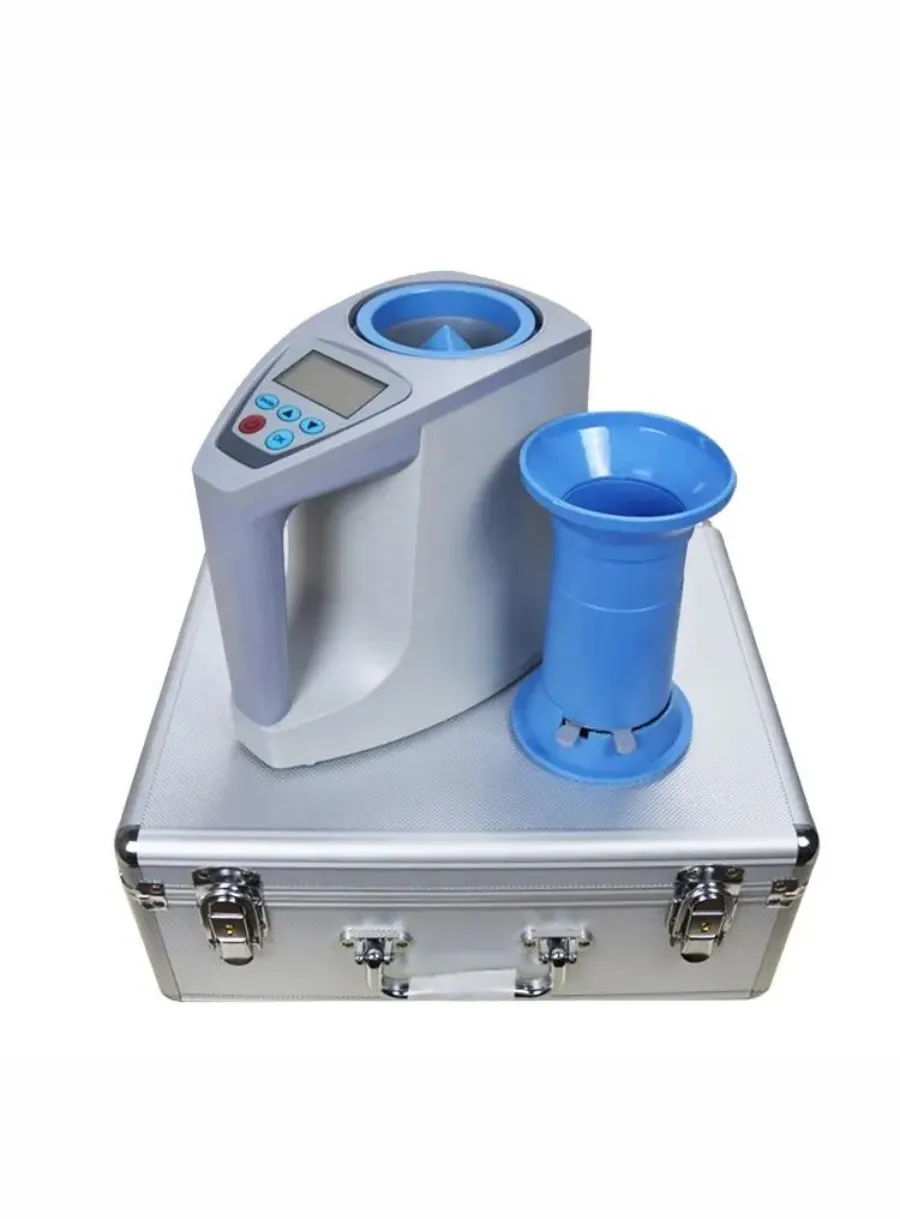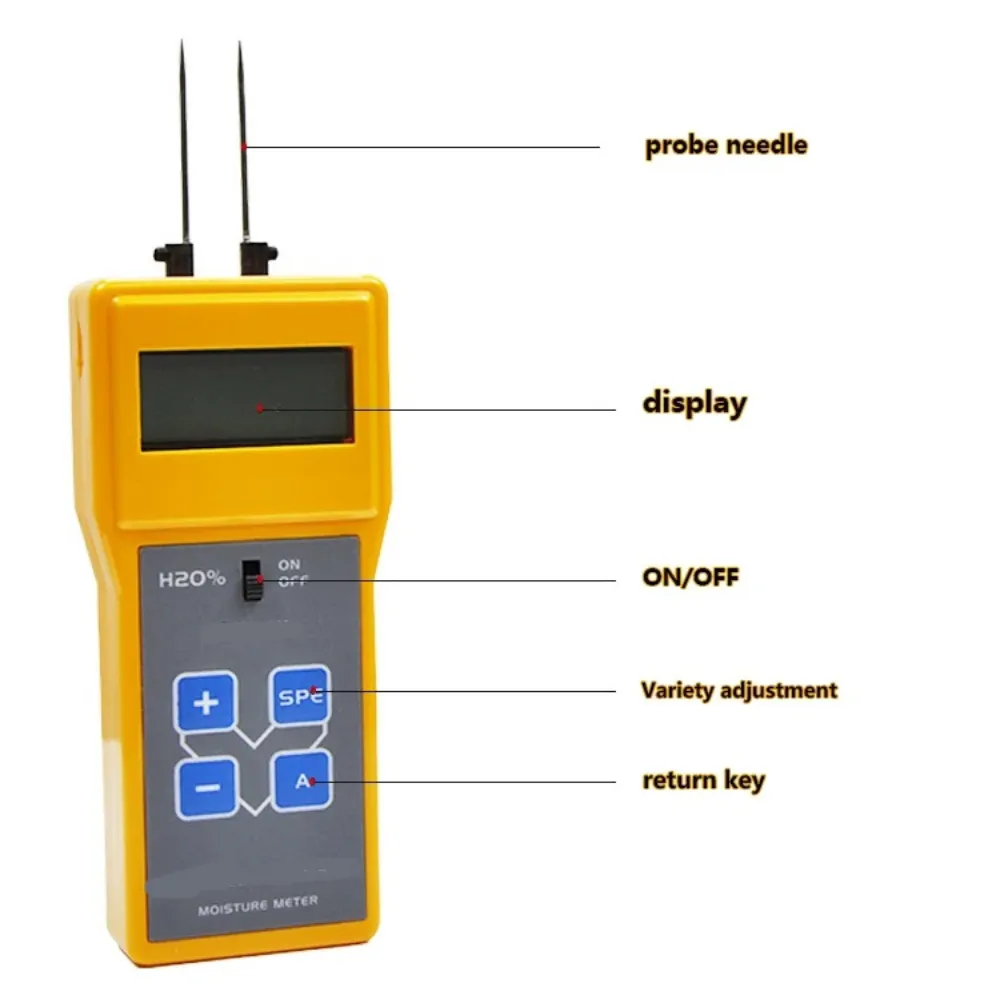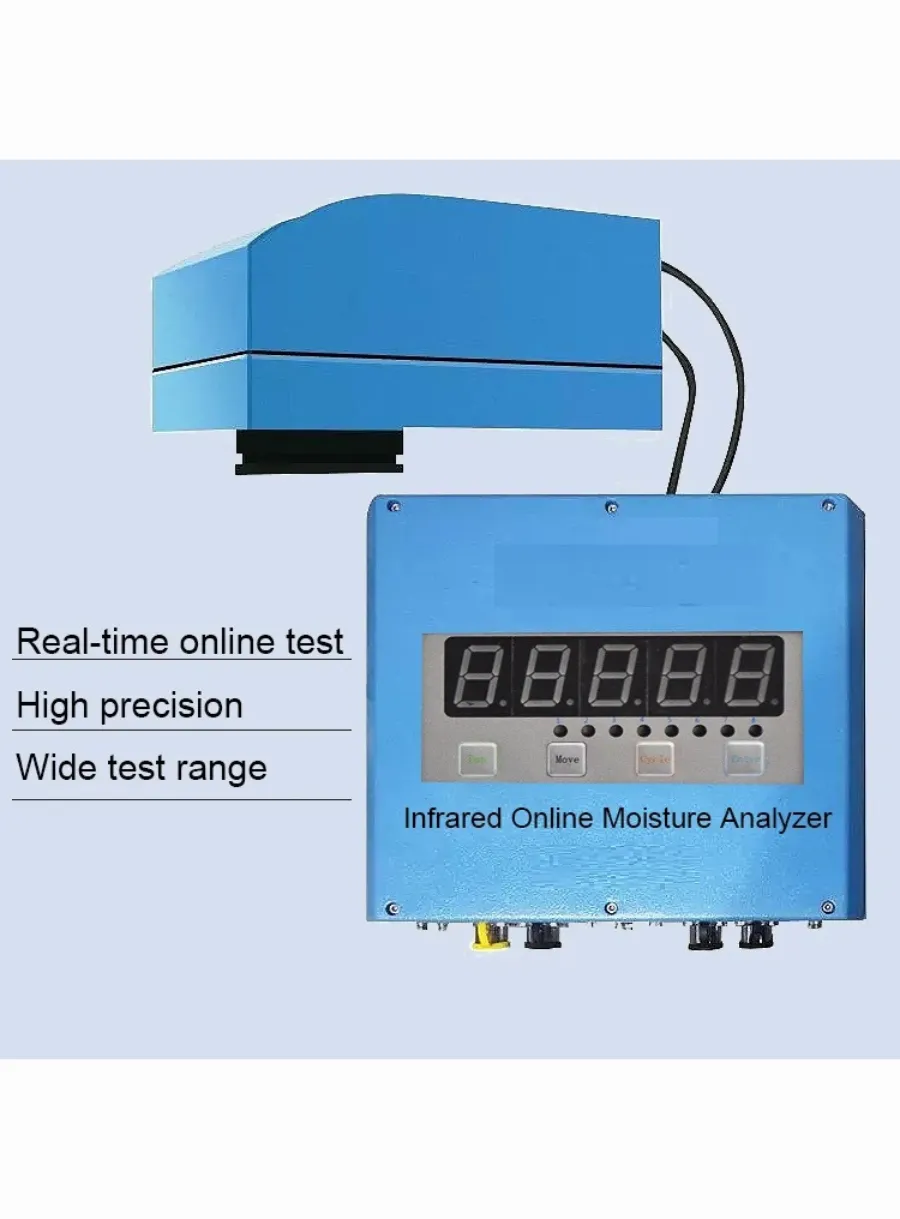
Calibration and Maintenance of Dried Fruit Moisture Meters
Table of Contents
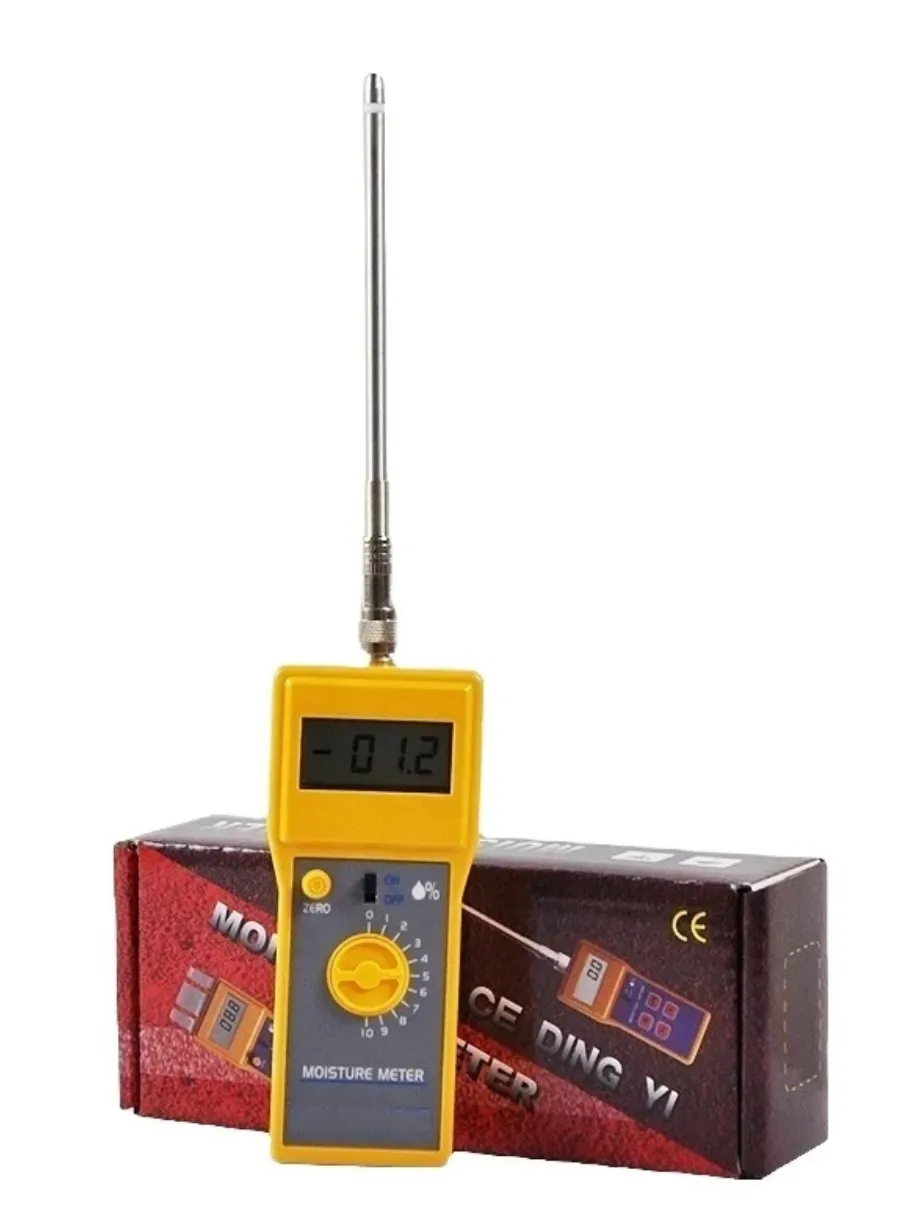
Calibration and maintenance of Dried Fruit Moisture Meters are critical for ensuring accurate moisture content readings in dried fruits. Accurate measurements are essential for various stakeholders, including farmers, food processors, and quality control inspectors, to maintain product quality and safety.
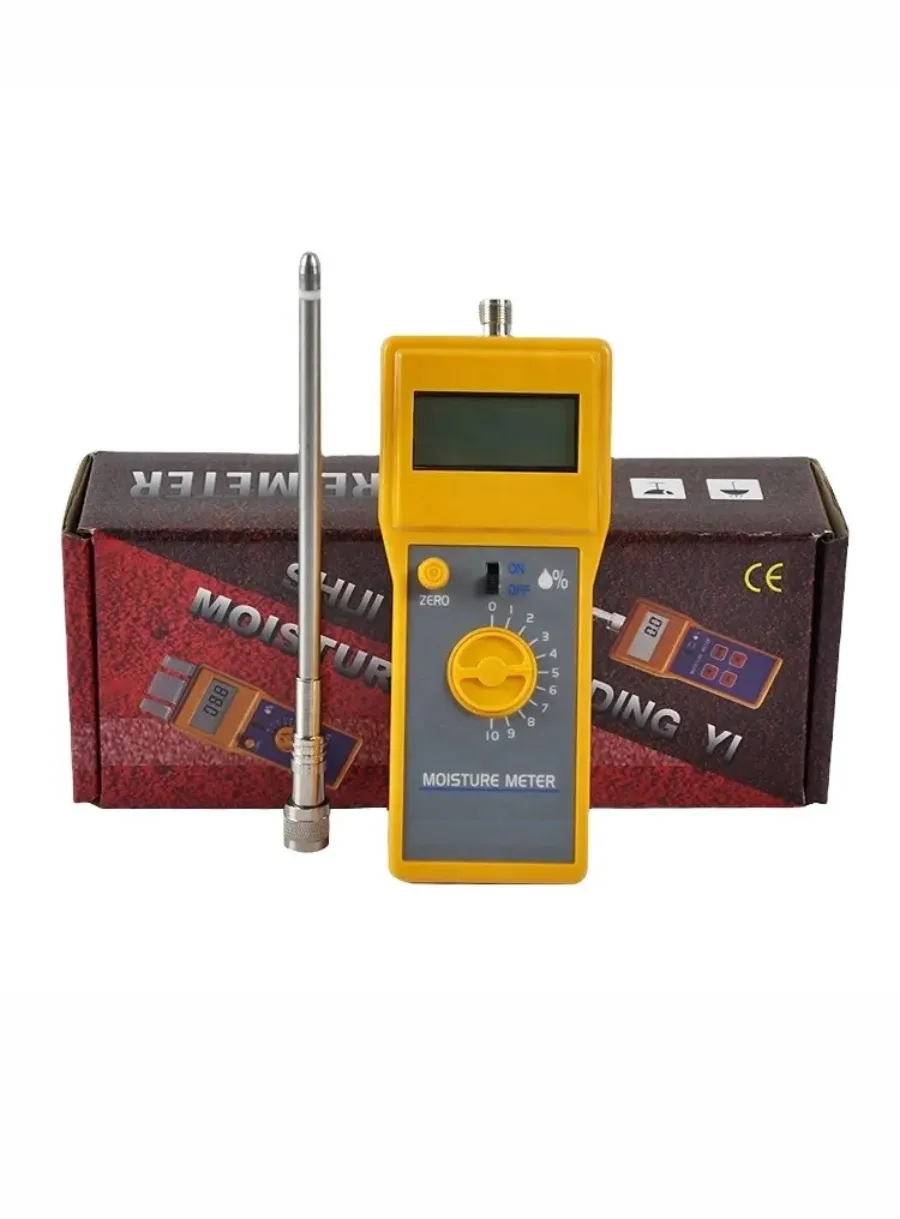
Regular calibration and verification of Dried Fruit Moisture Meters are fundamental practices in managing variable drying temperatures. This guarantees precise measurements, which is vital for maintaining quality standards in dried fruit production. Calibration also assists in identifying potential manufacturing issues and can lead to significant cost savings through enhanced measurement accuracy. A well-calibrated Dried Fruit Moisture Meter minimizes the risk of moisture-related problems, such as spoilage or structural integrity failures in products.
To achieve reliable readings, it is advised to perform multiple customizable calibrations based on three to five readings taken from known, laboratory-quality samples that cover the expected moisture content range. For instance, Kett’s moisture meters, like the PM650 Advanced Portable Grain and Seed Moisture Meter, come equipped with preset calibrations, and integrated temperature compensation features ensure the accuracy of readings despite environmental variations. Calibration should ideally be conducted at least every six months to maintain measurement integrity.
Calibration can be performed using a moisture content standard (MCS), especially for pin-type meters. The procedure involves touching the meter’s pins to the MCS’s contact points and checking if the reading falls within the expected range. For instance, a Protimeter instrument should display a reading for wood moisture equivalency of +/- 18.3%. For pinless models, calibration plates are often provided, enabling users to verify calibration at any time, ensuring continuous accuracy in measurements.
Routine maintenance of Dried Fruit Moisture Meters includes cleaning and inspection to ensure optimal performance. It is crucial to record and interpret the results accurately following testing. The documentation process should adhere strictly to established test methods, thereby ensuring compliance with legal and industry standards. Regular checks for biases or interferences in the weight measurement are also vital for maintaining the reliability of the moisture content tests.
Environmental factors such as temperature and humidity can significantly affect moisture readings. Consequently, ensuring that the Dried Fruit Moisture Meter is properly compensated for these variables is essential for consistent results. Moreover, using the oven dry test method can provide a reliable measure of moisture content, with careful attention to ensure the sample reaches a constant weight.
Comments
Tags
Frequently Asked Question
Dried Fruit Moisture Meters should ideally be calibrated at least every six months to maintain measurement integrity.
Calibration ensures precise measurements, maintains quality standards, helps identify manufacturing issues, and minimizes the risk of moisture-related problems in dried fruit production.
Calibration methods include using moisture content standards (MCS) for pin-type meters and calibration plates for pinless models. Multiple customizable calibrations using known samples are also recommended.
Temperature and humidity can significantly affect moisture readings. It’s essential to ensure the meter is properly compensated for these variables to maintain consistent results.

